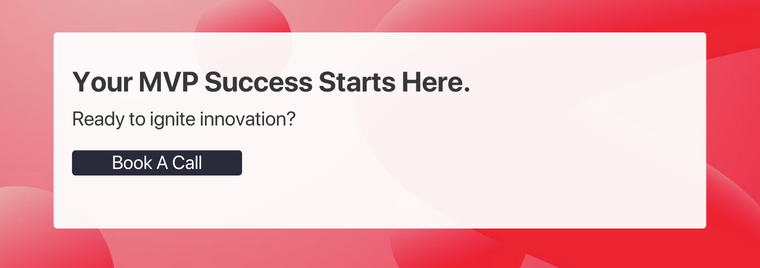Table of Contents
How To Build a Minimum Viable Product (MVP): Guide & Template
Author

Subject Matter Expert


Date
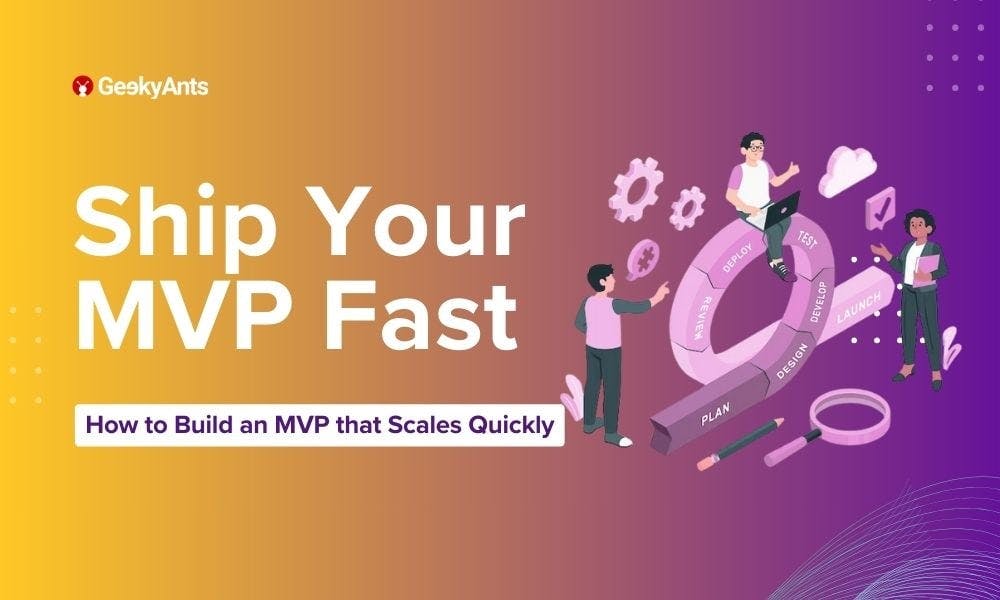
Book a call
A Minimum Viable Product (MVP) is the most basic product version that allows testing of the business idea and gathering feedback from early users. It typically includes the core features necessary to solve a problem or meet a particular need.
Instead of spending extensive time and resources on developing a fully-featured product, teams focus on creating a version that addresses the core problem or delivers a fundamental value proposition.
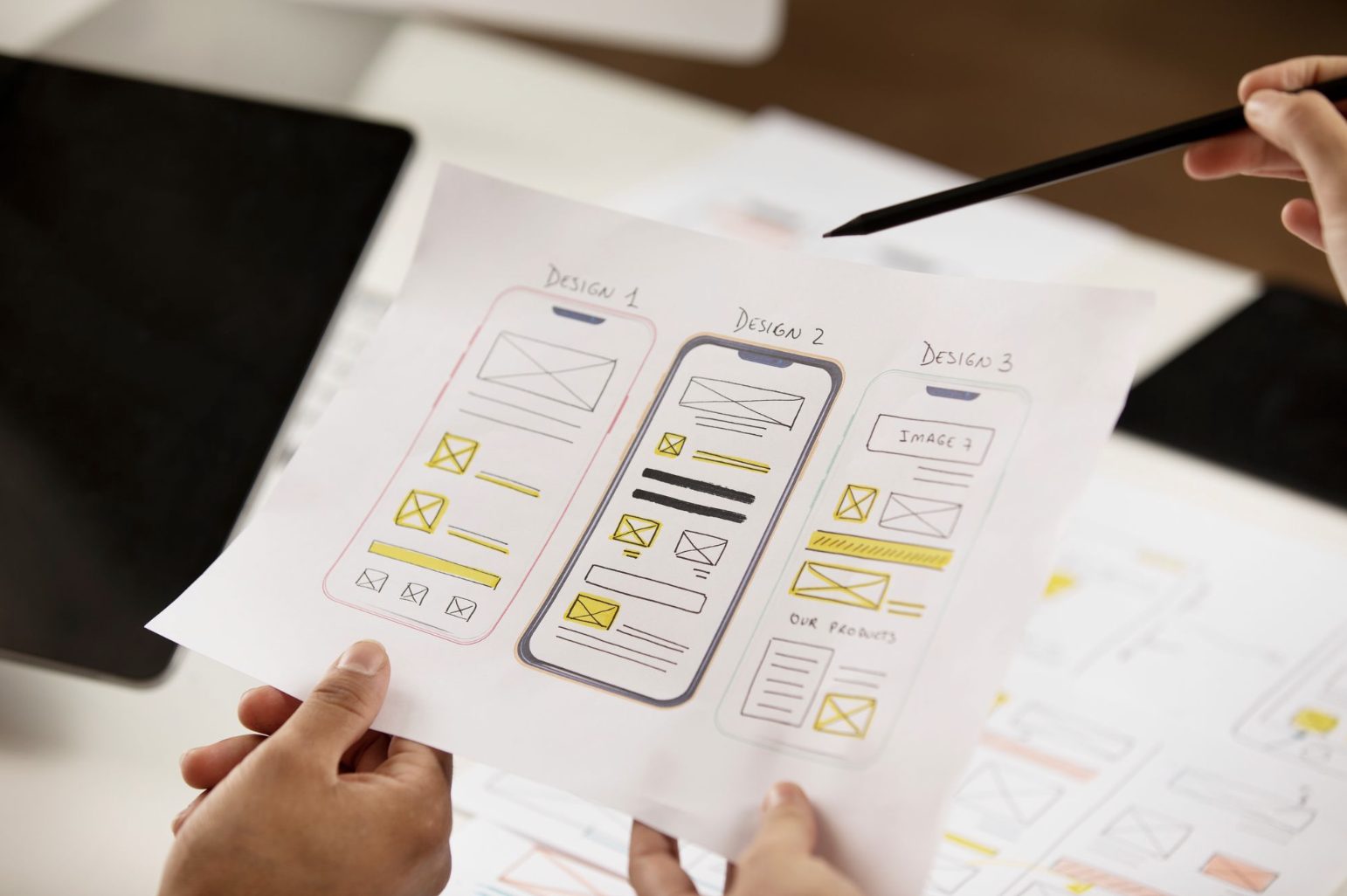
Releasing a Minimum Viable Product (MVP) is super important for startups and innovators who want to check if their ideas work and quickly get their product on the market.
In this article, we will walk you through building and shipping your MVP efficiently, covering everything from defining what an MVP is to avoiding common development mistakes and targeting the right market.
The Benefits of MVPs for Transforming Businesses
Let's get into the perks of an MVP (Minimum Viable Product).
- Getting it Right: An MVP lets you check if your product solves a problem and if people want it. It is a safe way to avoid pouring money into something that may not work.
- Less Risk: By launching a simple version of your product, you can get a feel for what people want, spot any issues, and make smart decisions based on feedback.
- Save Some Cash: Building a full-blown product can cost a bomb. An MVP helps you be smart with your money by focusing on the essentials first. Then, based on what people say, you can decide where to invest next.
- Quick Off the Mark: Speed matters. Getting your MVP out there fast means you can start grabbing customers and updating your product as you go.
- Get Ahead: If you launch quickly, you can start making waves in the market before others do. That is a big plus.
- All About the Users: MVPs are all about listening to your users. You refine your product based on their experiences and what they like, leading to happier customers.
- Keep Improving: MVPs are about always getting better. As you learn more, your product can adapt and improve to fit your users' needs. This is very important when trends and tastes can change in a flash.
Download Our Ready-to-use MVP Template
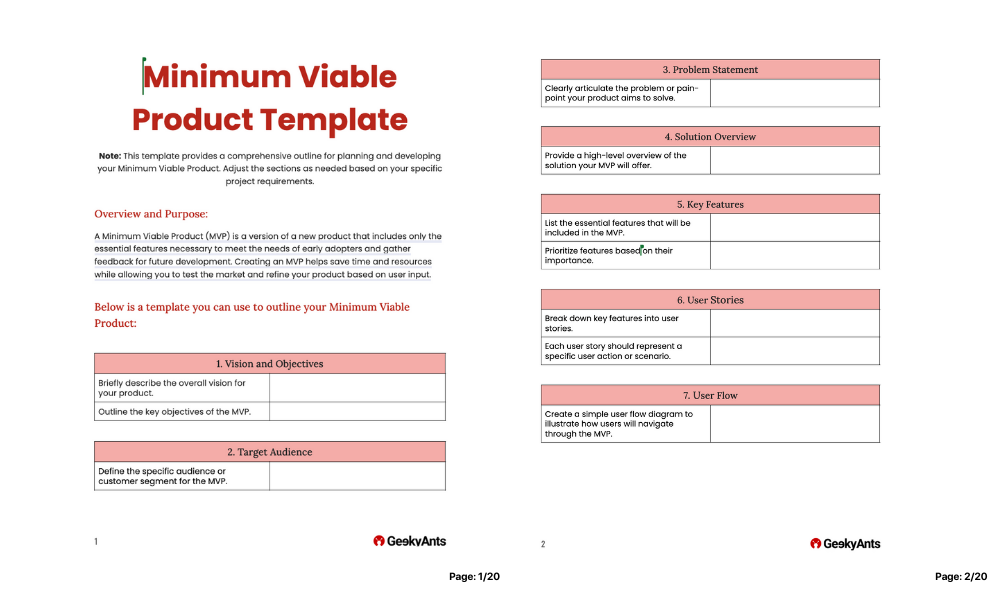
Unsure About Where to Start? Our ready-to-use MVP template will guide you through the process!
Download Minimum Viable Product Template - Google Doc Format
When to Build an MVP?
1. Product Idea Validation
Creating a Minimum Viable Product (MVP) is a smart move to test out your business idea without spending much money. It lets you give a simple version of your product or service to a small group of people and hear what they think. This feedback is gold - it shows if people really need what you offer and where you can improve it. Going the MVP route means you don't risk sinking many resources into an idea that might not hit the mark with your audience.
2. Raising Funding and Pitching Your Idea to Investors
Investors are more likely to back a venture if you can show them a working model of your idea, which is where an MVP comes in. It is a real-life example of what you want to do and shows off the main functions of your product. When pitching to investors, having an MVP is a great way to show how your product solves a problem and what value it brings to users. By showing off an MVP, you give investors a sneak peek of your product's success and the demand it could meet in the market. This can boost your chances of getting the funding you need to take your product to the next level.
3. Managing Limited Resources
Developing a full-blown product can take up a lot of time, money, and human resources. Focusing on an MVP is smart when running on a tight budget and schedule. It lets you focus on the essential features that deliver user value, making your product a lean but effective version. This saves you some serious cash and time and lets you test the waters quickly.
Plus, the feedback you get from the MVP can steer your future development, making sure your product evolves to meet your users' needs. Building an MVP is a savvy way to make the most of your resources and avoid unnecessary risks in the early stages of a project.
How to Build an MVP (A Step-by-Step Guide)
Let us delve deeper into each step of building a Minimum Viable Product (MVP).
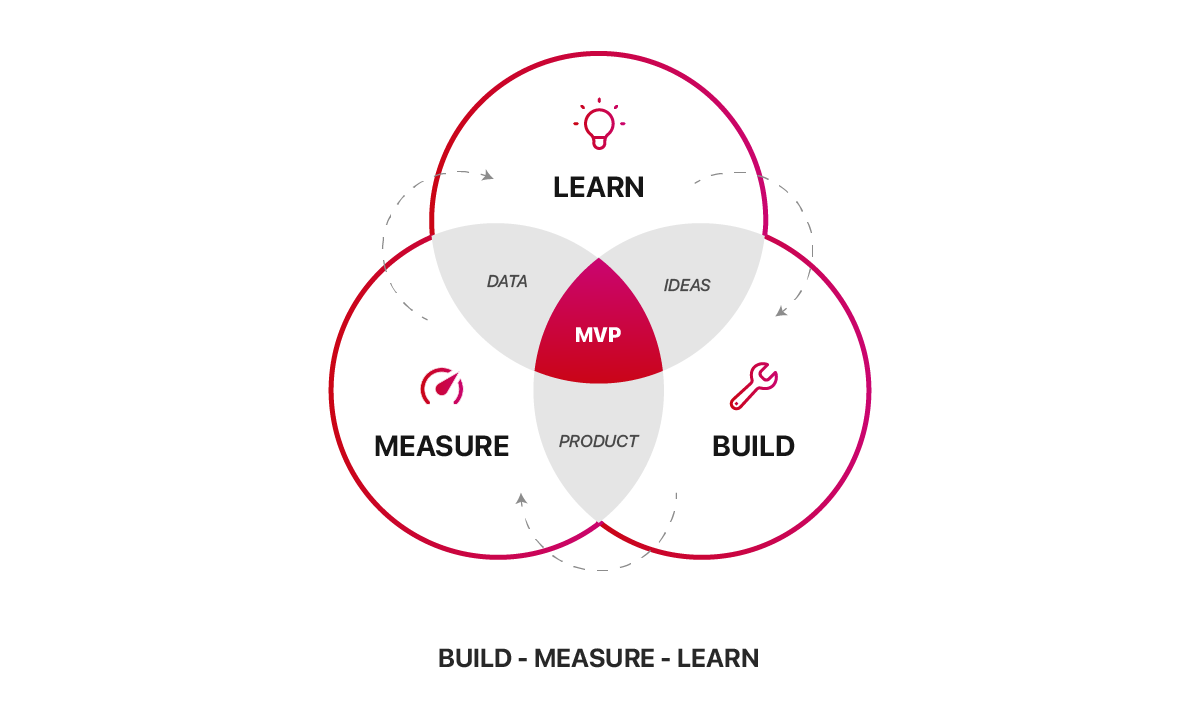
1. Research and Define Your Idea
Take the time to thoroughly understand the problem you are trying to solve or the need you are addressing. Conducting market research and talking to potential users to gain insights is crucial at this stage. Identify your target audience or user persona. Understand their pain points, preferences, and behaviors. Clearly articulate your product's value proposition and how to stand out from your competitors.
2. Identify Core Features and Prioritize
These are the functionalities that are essential for your product to provide value. For example, if you are building a task management app, core features might include creating tasks, setting due dates, and marking tasks as complete. Not all features are equally important.
Prioritize them based on their impact on solving the core problem. This helps in focusing development efforts and ensures you are not bogged down with non-essential elements.
3. Prototype and Develop the MVP
Create detailed wireframes or prototypes to illustrate the user flow. Consider how users will navigate through your product. The design should be intuitive, making it easy for users to understand and interact with your MVP.
Then, the actual coding and development work begins. Keep the development process agile, focusing on delivering the core functionality quickly. Avoid adding extra features that are not critical for the MVP.
4. Test Thoroughly
Rigorous testing is crucial. A dedicated QA team will identify and address any bugs or usability issues. Consider conducting automated and manual testing to ensure the MVP functions as intended. Even in the MVP stage, uphold high-quality standards. This builds trust with your users and sets the foundation for future versions.
5. Launch to a Closed Group
Initially, limit the release to a controlled group of early adopters or beta testers. This controlled environment allows you to gather feedback before a broader public launch. Gather feedback on usability, functionality, and overall user experience.
6. Iterate Based on Feedback
While the MVP is focused on the basics, consider the long-term scalability of your product. Think about how the architecture and infrastructure can support future growth. Refine the MVP based on continuous build-measure-learn feedback loops. Gradually expand features and functionalities based on user needs and market demands.
The Five Pitfalls Developers Must Avoid When Crafting an MVP
1. Avoid Overdoing It
Don't get caught up in adding features or perfecting every detail. Stay focused on the main stuff that solves the problem. Keeping a balance between a working product and avoiding unnecessary complications ensures you use your resources smartly and keep your MVP on track.
2. Listen to Your Users
If you ignore what your users say, you could end up with a product that misses the mark. It is important to actively seek and use your users' feedback throughout MVP development.
Set up ways to get feedback, test users, and make changes based on your learning. This cycle of testing and tweaking helps create a product that your users will love and boosts your chances of long-term success.
3. Think Ahead
Even though an MVP is a scaled-down product version, it is crucial to consider its potential growth and how it can scale up. If you don't plan for this, you might run into problems when you get more users or add more features.
4. Don't Forget About Quality
Even with a bare-bones version, you must ensure top-notch quality to build user trust. Having strong quality assurance processes helps catch and fix any issues early on.
This means thorough testing of features, usability testing, and performance testing. Sticking to high-quality standards builds trust with your users, leading to a positive user experience and a better overall perception of the product.
5. Do Your Homework
Before you start developing, do solid market research to understand what your users need, what they like, and what is already out there. Check out your competition and look for gaps or opportunities in the market. A good grasp of the target market ensures that your MVP meets market demands, increasing its chances of being adopted.
How GeekyAnts Can Help Build and Scale Your MVP
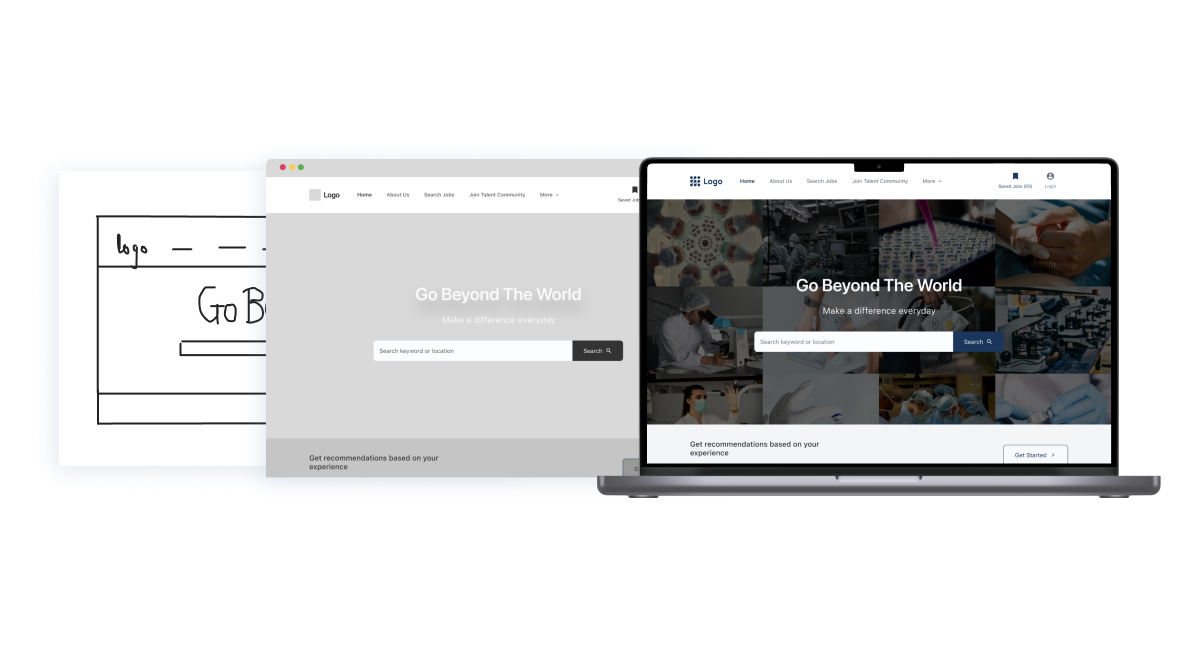
At GeekyAnts, we have perfected our MVP development process with a keen focus on the elements that lead to success.
1. Core Features
Our mantra is simplicity. We meticulously identify and implement only the essential features that tackle the core problem or need. We avoid unnecessary complexities, ensuring that every component contributes significantly to the MVP's functionality.
2. Rapid Development
We understand the urgency of getting your product in front of users swiftly. That is why our development process is finely tuned for quick turnarounds, utilizing agile methodologies that facilitate rapid iterations and continuous enhancements.
3. User Feedback
At GeekyAnts, we believe in a dialogue with users. Actively seeking feedback from early adopters and users is a continuous loop. This engagement helps us understand user needs, preferences, and pain points, shaping our decisions in subsequent development phases.
4. Data Collection
Numbers tell a story, and we listen. We integrate robust analytics tools to gather valuable user behavior, engagement, and feature usage insights. This data-driven approach ensures that every future iteration is guided by concrete insights, enhancing your MVP's overall effectiveness and success.
5. Comprehensive Documentation
We understand the key role of documentation in knowledge transfer, onboarding new team members, and troubleshooting. We maintain thorough and accessible documentation for the MVP's architecture, features, and functionalities.
6. Adaptive Design
Our adaptive design approach accommodates evolving user needs and technological advancements. We build flexibility into the MVP's design to easily incorporate changes and help you stay ahead of industry trends.
7. Continuous Integration/Continuous Deployment (CI/CD)
We implement CI/CD pipelines to automate testing, integration, and deployment processes, streamlining development workflows and ensuring faster and more reliable delivery.
FAQs
Q1. How long does it typically take to build an MVP?
A1. The time required to build an MVP can vary widely based on the complexity of the product. However, a basic MVP can often be developed in a few weeks or months.
Q2. Should I launch my MVP to a closed group or the public?
A2. It's recommended to start with a closed group of early adopters or beta testers. This allows you to gather feedback from a controlled environment before a public launch.
Q3. How do I prioritize features for my MVP?
A3. Prioritize features based on their importance in solving the core problem your product addresses. Focus on the "must-haves" and save additional features for future iterations.
Dive deep into our research and insights. In our articles and blogs, we explore topics on design, how it relates to development, and impact of various trends to businesses.
